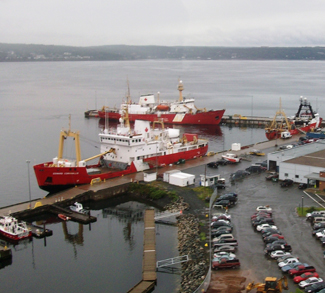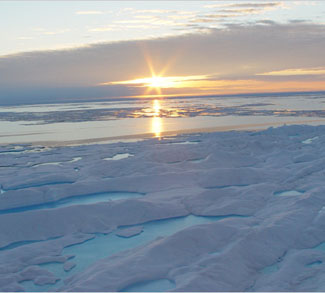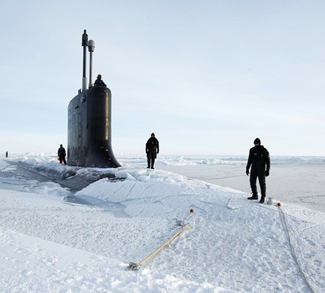Summary
Greenland, the world’s largest island, is a cold and remote terrain covered by ice with a population of just 56,000 inhabitants. At a first glance, it may seem a country holding no strategic or economic significance, where no foreign powers would be interested in establishing a presence. To some degree this was true until now, but the situation is changing and for proof one needs look no further than the parliamentary elections of April 24. As a matter of fact, a combination of climatic and political factors is pushing Greenland to diversify its political and economic partners, thus attracting the attentions of external powers that are seeking to exploit its resources and establish a foothold on the island. This process has just recently begun; it will only accelerate in the future, ultimately generating new competition among great powers (notably China, the United States, and Russia) over this vast territory. And while this struggle will remain economic and diplomatic in the immediate future, over the long term it could also take a military dimension.
Background
The first thing to consider in order to understand Greenland’s shifting political orientation is the country’s history. The Island hosted Scandinavian settlements since the Middle Ages, and it officially became a Danish territory in 1814. It still remains formally part of the Kingdom of Denmark, but it enjoys considerable autonomy after being granted home rule in 1979 and then self-government in 2009, following a vote the previous year. Currently, Greenland has its own executive that has power over virtually all domestic affairs, but its foreign and defense policies still depend on Denmark. Moreover, Greenland is also financially dependent on Denmark, whose subsidies (around 500-600 million USD per year) represent around 60% of the island’s annual budget. Still, Greenlanders often debate the merits of full independence from Denmark, and this has been a central theme in the latest elections. In general, everybody agrees that independence should be achieved; but there is less of a consensus on the timing, and especially on how to ensure the island’s financial self-sufficiency so as to make it sustainable.
The electoral results are significant in this sense. Siumut, the main party in the previous government coalition, emerged as the preeminent political force with 27% of votes. The second-largest party is Inuit Ataqatigiit (IA), its ally, which obtained a 25.5% share. Finally, in third place is Demokraatit, the preference of roughly 20% of the electorate.
All of these parties are generally in favor of independence and plan to attract foreign investment in order to make the move more financially viable, particularly in the country’s promising mining sector. The melting of the ice cap due to global warming is opening some very profitable investment opportunities for mineral extraction. Greenland holds vast ore deposits of uranium, zinc, and much-needed rare earth minerals, which are essential in the high-tech industry and have multiple applications in various fields like telecommunications, green energy, and even military hardware. But apart from the economic sphere, a greater foreign presence in Greenland would also have notable geopolitical consequences.




